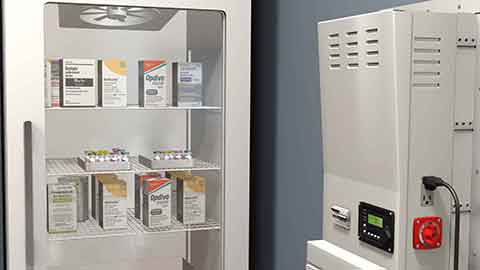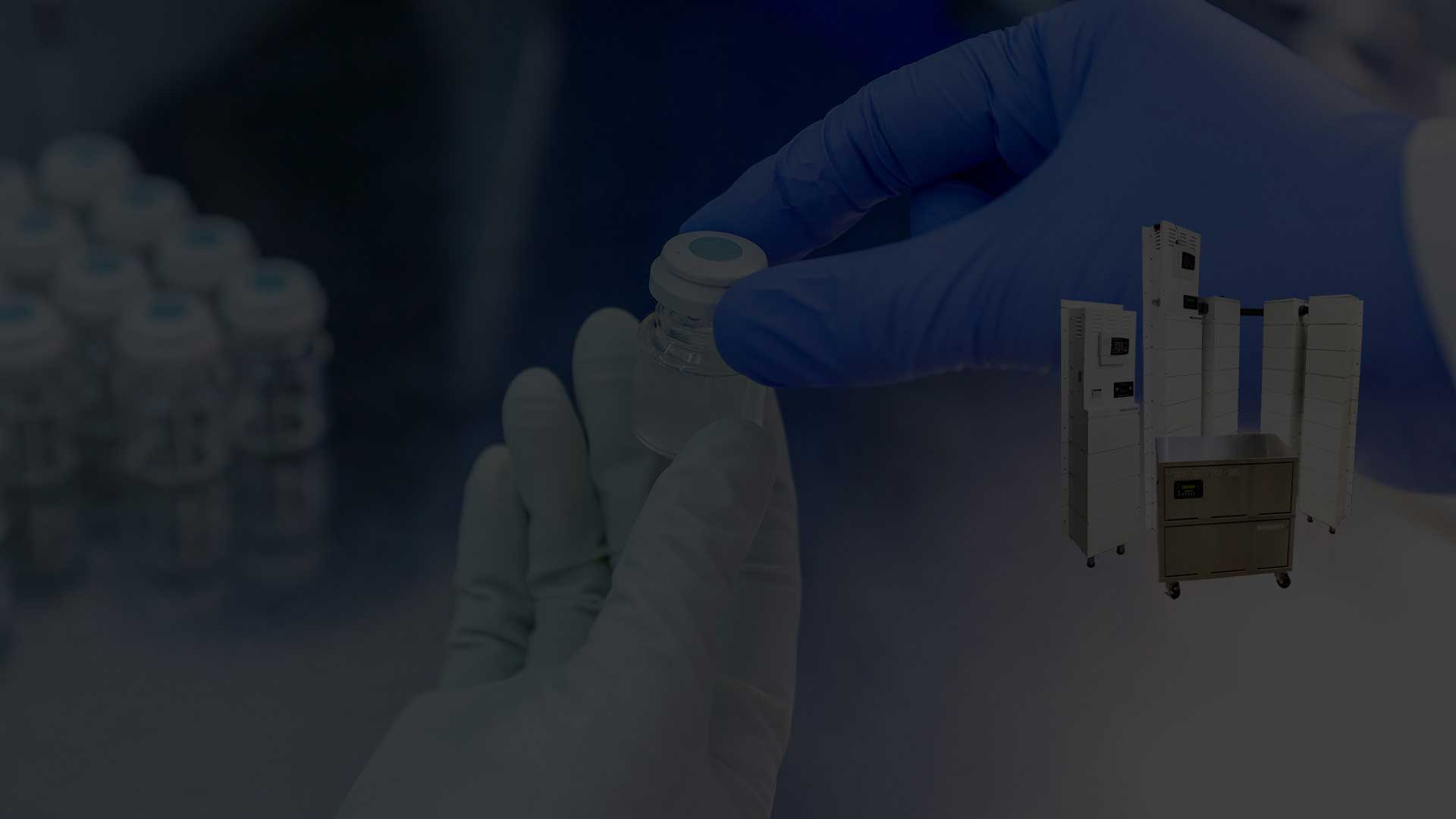Funding Backup Power Projects for Migrant Wellness Centers
What are Emergency Preparedness Grants For Hospitals and other Medical Facilities?
A key aspect—if not the most important part— of medical practice financial management is securing funding. Without proper funding, facilities are unable to perform the worth at the core of their mission statement whether it’s:
- Providing Vaccines for Children (VFC)
- Performing Outpatient Procedures
- Operating Refugee Health Clinic/ Migrant Health Clinics
- Serving their local community in a rural healthcare facility
FEMA makes funds available, which are largely underutilized for hazard mitigation planning. These are intended to prepare healthcare and other medical facilities for events that cause power outages.
Non-profit healthcare centers and rural medical facilities alike would be wise to take advantage of such funds. These “emergency preparedness grants” are to prepare and protect inventory, staff and patients.
Below we'll briefly cover:
- Why Backup Power is Important
- What federal funds apply to backup power generators
- Which battery powered generators qualify
What is the Hazard Mitigation Grant for Backup Power Generators?
Backup power generators of all kinds, whether they are powered by fossil-fuels or battery, play a critical role. They ensure operations can continue in case of an emergency outage and that everyone remains safe.
This is especially true for those who serve rural, migrant and farmworker populations. These providers oversee the health and treatment for an estimated 2.5-3 million agricultural workers per year, according to The National Center for Farmworker Health.
Because these medical centers are often temporary, mobile and remote points of care, they are also highly vulnerable. Federal grants make sure that their infrastructure remains protected during emergency power outages.
For reference, according to the Energy Information Administration (EIA), since 2013 the average outage time experienced per customer in the US has doubled. This is because of the increase in extreme weather events across the country in the same time span.
Under the guidance of FEMA (US Federal Emergency Management Agency), backup power generators— including battery backup power— can qualify as fundable projects under both the hazard mitigation grant program and pre-disaster mitigation grant programs.
For most healthcare facilities, funding for a backup power project will likely fall under the “Hazard Mitigation Program”. This is because as stated in the aid linked above, that:
“a generator that is a standalone project can be considered for regular HMGP [hazard mitigation grant program] funding if the generator protects a critical facility”
under which hospitals and medical facilities would qualify along with police stations, fire stations and other critical public infrastructure.
By contrast, the Pre-Disaster Mitigation program states:
“Generators and/or related equipment purchases (e.g., generator hook-ups) are eligible when the generator directly relates to the hazards being mitigated and is part of a larger project. “
As part of the grant-writing process, FEMA requires a Benefit-Cost Analysis (referred to as a BCA). These aid the agency in determining whether the funds provided will deliver a minimum amount of value to the community once granted.
Or, for larger projects where a generator comprises less than 5% of the total budget, a BCA will not be needed under the aptly named 5% initiative.
What Kinds of Battery Generators Qualify for FEMA Grants?
Under the HGMP, FEMA makes a distinction between 2 different kind of generators that would qualify:
- Fixed Generator
- Portable Generator
A fixed generator is defined as:
“a permanently installed generator that provides power by being hard-wired into the facility’s main distribution panel and can be started manually or automatically in the event of a power outage”.
In essence, a fixed generator is deigned to be a permanent and reliable fixture in the backup power plan of a facility.
Meanwhile, portable generators are defined as:
“[Working] with stand-alone applications and are meant to temporarily energize a few critical applications via external cords”
So, a portable generator can provide power in much the same way as a fixed generator. But, instead of powering the building, appliances receive direct power.
Note: FEMA does not make a distinction between generators with or without automatic transfer switches.
Generators with manual transfer switches requires someone to physically change the power source from utility power to generator power.
By contrast, an automatic power switch monitors system voltages constantly. They can change power supplies automatically without need for an operator.
Purchasing a Qualifying Backup Power System for Hazard Mitigation Assistance
Battery-powered backup power systems can supply the kinds of power that meets FEMA emergency preparedness requirements. Battery generators can be packaged in many different configurations. These include models that qualify as both "fixed" or "portable" generator systems for mitigation projects.
For refugee wellness centers or farmworker clinics that operate as travelling or otherwise temporary locations, a plug and play mobile backup power system offers the benefits of :
- Portability
- Usable countertop space
- With no setup required
For healthcare facilities located in rural environments, or for those with more permanent residence, a hardwired battery backup system can:
- Easily wire into your existing circuit panel
- Be installed inside your facility for little cost instead of outside
- Provide power directly to the outlets of critical appliances you need
- Fully meeting the criteria as a “fixed” generator project.
All battery powered generators come with automatic transfer switches. This means that they can begin supplying energy to appliances in fractions of a second without the need for a staff member. This can be especially helpful for migrant health centers and community health centers where staffing can be tight and all hand need to be on deck in an emergency.
Get Help Finding Out What System Best Suits Your Needs
Every system built fits exactly with the need of every customer—both in power and form factor.
The quickest way to find a perfect system for you is to contact Medi-Products directly and speak to one of our product experts.
To speak to our product experts, engineers, and sales teams about quoting a system, contact us via:
Phone: 1.800.765.3237


